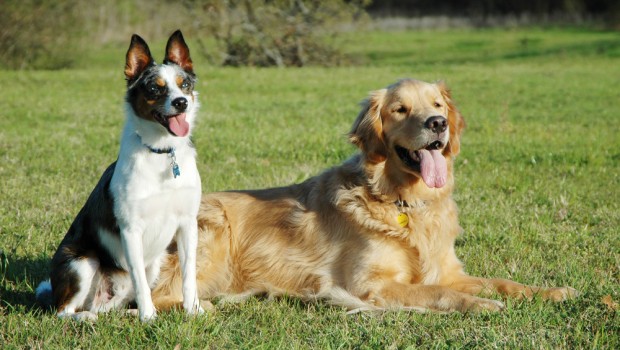
I was about a month into raising a new border collie puppy, Alsea, when I came to an embarrassing realization: my dog had yet to meet a person who doesn’t look like me.
I’d read several books on raising a dog, and they all agree on at least one thing: proper socialization of a puppy, especially during the critical period from eight to 20 weeks, means introducing her to as many people as I possibly could. Not just people, but diverse people: people with beards and sunglasses; people wearing fedoras and sombreros; people jogging; people in Halloween costumes. And, critically, people of different ethnicities. Fail to do this, and your dog may inexplicably bark at people wearing straw hats or big sunglasses.
This emphasis on socialization is an important element of a new approach to raising the modern dog. It eschews the old, dominating, Cesar Millan–style methods that were based on flawed studies of presumed hierarchies in wolf packs. Those methods made sense when I raised my last dog, Chica, in the early aughts. I read classic dominance-oriented books by the renowned upstate New York trainers The Monks of New Skete, among others, to teach her I was the leader of her pack, even when that meant stern corrections, like shaking her by the scruff of the neck. Chica was a well-behaved dog, but she was easily discouraged when I tried teaching her something new.
I don’t mean to suggest website I had no better option; there was then a growing movement to teach dog owners all about early socialization and the value of rewards-based training, and plenty of trainers who employed only positive reinforcement. But in those days, the approach was the subject of debate and derision: treat-trained mongers might read more do what you want if they know a biscuit is hidden in your palm, but they’d ignore you otherwise. I proudly taught my dog tough love.
This time, with the assistance of a new class of trainers and scientists, I’ve changed my methods entirely, and I have been shocked to discover booming product lines of puzzles, entertaining toys, workshops and “canine enrichment†resources available to the modern dog “parent,†which has helped boost the U.S. pet industry to $86 billion in annual sales. Choke collars, shock collars, even the word no are all-but-verboten. It’s a new day in dog training.
Dogs are smart and can read that insecurity. It makes them question their faith in the handler and, in some cases, decide they know better. Raising a good sheepdog is about building trust between the dog and the handler, Caldicott says. That website does require some correction—a “Hey!†when the dog goes left instead of right, at times—but what’s most important is confidence, both in the dog and the handler. In the old days, sheepdogs were taught left and right with physical coercion. Now, they’re given just enough guidance to figure out the right track by themselves. “We’re trying to get an animal that thinks for itself. A good herding dog thinks he knows better than you. Your job is to teach him you’re worth listening to,†Caldicott says. “The ones born thinking they’re the king of the universe, all you have to do is not take that away.â€